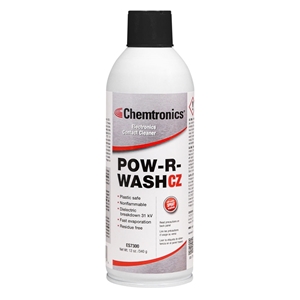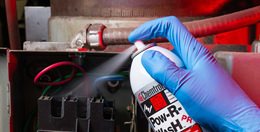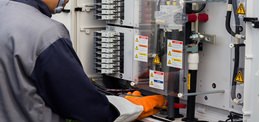Pow-R-Wash CZ
Nonflammable contact cleaner for the most sensitive plastics
Pow-R-Wash™ CZ electronics contact cleaner is a highly effective nonflammable solvent cleaner for electrical and electronic contacts and assemblies. This non-ozone depleting solvent system utilizes Cirozane™, Chemtronics’ unique HFE technology, to quickly remove oils, oxides, and other contaminants from metal contacts. Cirozane™ Contact Cleaner is specially engineered to restore and improve electrical continuity on energized equipment.
Features & Benefits
- Safe on plastics
- Nonflammable
- Dielectric Breakdown 31 kV
- Dries fast
- Leaves no residue
Applications
- Removes oil, grease, and carbon dust
- Can be used on energized equipment
- Ideal for use on sensitive plastics
| TDS | |
| REGS | |
| SDS | |
| Categories |
| Specifications | MIL-PRF-29608A (AS) Class C approv |
|---|---|
| NSN | 6850-01-436-4573 |
| Shelf Life | 5 yrs. |




